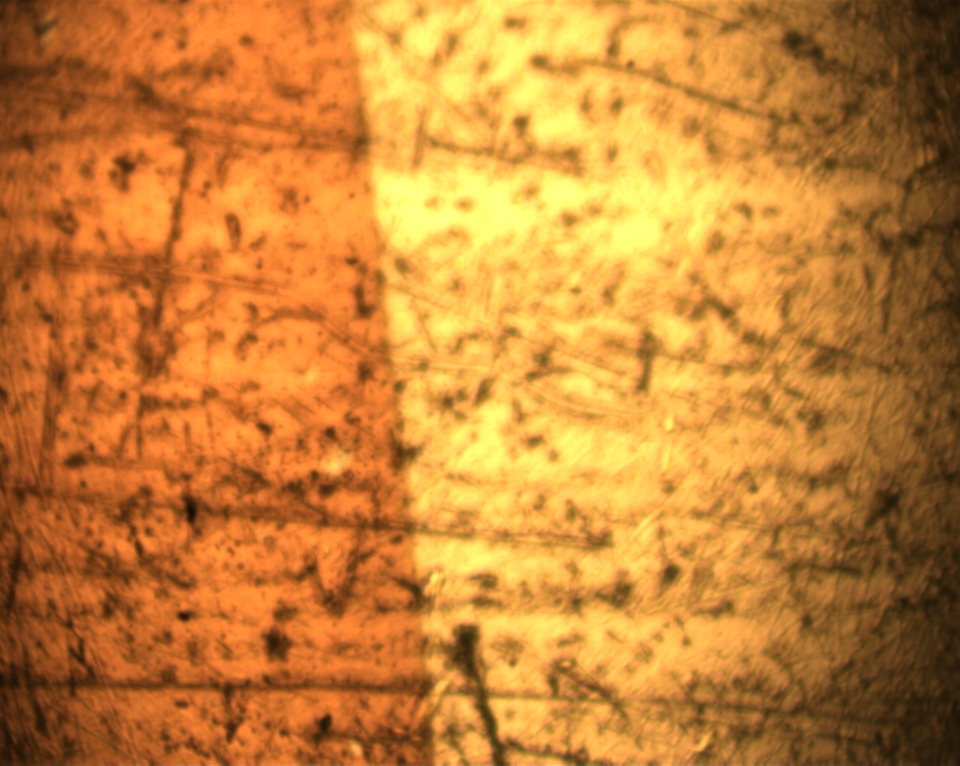EXECUTIVE SUMMARY OF THE PROPOSAL
The specific topic of the project addresses micro and nanosystems for medical diagnosis in tumour surgery. We aim at building an experimental model of an innovative nanostructure-based system for malignant tumour margins detection in real time, to be primarily used in small animal surgery. This will also add to the ongoing research on tumour margin assessment in human surgery.
During the last decades the frequency of tumour diseases in both animals and humans registered a continuous increase. A tremendous intensification of the research activity in the field has evolved to identify the etiology factors and seek for new therapies aimed at reducing mortality and increasing chances to healing. One very common method to counteract extensive development of cancer tumours is surgery, by means of which malign tissues are either completely removed from the body or have their size reduced to prevent metastases. Achieving a clean surgical margin represents a technical challenge with important clinical implications. Despite the ongoing debate on healthy tissue conservation the key predictor of local recurrence is the margin status. Currently, no real-time, nondestructive intraoperative method exists to rapidly detect the microscopic status of lumpectomy margins as a standard of care. Therefore, it is essential that new tools be developed to replace or complement existing technology that can offer detection and delineation of tumor margins in real time being thus very useful to a surgeon during a diagnostic or therapeutic procedure. Among several techniques interrogated on this purpose Raman spectroscopy has been reported to have a sensitivity of 100%, a specificity of 100%, and overall accuracy of 93% in identifying carcinomas. An accurate in vivo margin detection technique and the associated instrument will reduce the number of reexcision procedures necessary to achieve negative margins.The complementary skills of the Consortium (INCD Optoelectronics INOE 2000, University of Agronomic Sciences and Veterinary Medicine in Bucharest, and the SME APEL LASER S.R.L.) have joined to establish a new concept for the design and development of a novel integrated fibre optics-Raman spectroscopy system to be applied first to small animal surgery for detection in real time of malignant tumor margins. No laboratory animals will be involved. The patients will be those arriving on a current basis at the USAMV clinic. The output of the project will be an experimental model of a Raman system based on the ultimate fibre optics technology combined with surface enhanced Raman scattering (SERS) on gold nanoparticle substrates. The SERS substrates are laying on the usual scalpel blades and scissors' surfaces. The real time surgical margin detection is thus expected with high spatial resolution.
The concept is beneficial to industrial and academic bodies, using in-house design and production capabilities and/or the fables design and production approach with regard to some particular issues. The vision is to provide high-end detection capabilities to users at low risk regarding the required investment into means of production and manufacturing know-how. The approach will enable them to use the merits of customised integrated fibre optics technology in specialised fields like sensing and analytic methods. Furthermore, they will be able to draw on the high level of expertise that has been established over the past years by European manufacturers. This will in turn enable the latter to gain new business opportunities and envisage entirely new devices and applications.
NANOSTRUCTURE-BASED SYSTEM FOR REAL TIME DETECTION OF MALIGNANT TUMOR MARGINS
(NANOMARDET)
Copyright © 2014. INOE 2000. All rights reserved



